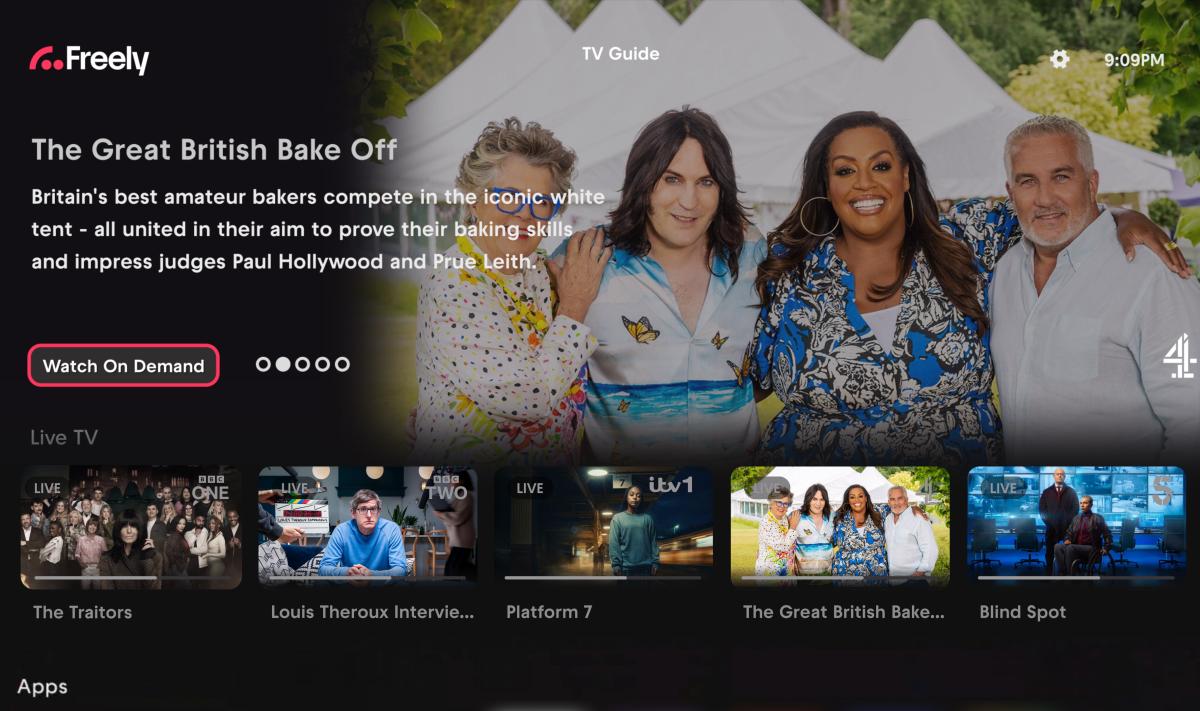The big national TV measurement panels are still seen by many as the ‘gold standard’ for TV measurement, though this title has come into question as TV viewing has fragmented across screens.
And as the global subscription video on-demand (SVOD) services have grown, for years they have been a noticeable blind spot for measurement panels.
This has changed in recent years, as many of the major measurement panels have rolled out new products to incorporate SVOD viewing. But traditional panel technology doesn’t capture streaming services, whose content is typically delivered via an internet connection, and watched on a variety of devices.
As such, we’ve seen a number of approaches taken to measuring SVOD services.
One has been to adapt traditional TV measurement panel technology and techniques to work with SVOD services. US measurement body Nielsen has taken this approach with its SVOD Content Ratings product, which began measuring Netflix in 2017, and has since added other streaming services.
Nielsen’s technology uses techniques called watermarking and fingerprinting to track viewing amongst its panel members. Both these technologies, which allow Nielsen to identify content through listening to audio and picking out either an encrypted signal (watermarking) or recognising the content’s audio (fingerprinting), work with any viewing based on a TV set. So these techniques are easy to adapt to SVOD viewing on TV sets.
But this strength is also its downfall. Nielsen’s methods have been criticised since they don’t account for viewing on mobile, tablet, or PC. Netflix itself pointed out this flaw when Nielsen began measuring Netflix content, describing Nielsen’s figures as “not accurate, not even close”.
Watermarking technology can be adapted to work away from TV screens. France’s Mediametrie, for example, has developed a miniature audience meter which panelists continuously wear, which listens out for audio watermarks.
This sort of technology could pick up more streaming viewing – but still not all, since a lot of mobile viewing would be done through headphones. And presumably it’s harder to find panellists willing to constantly wear a device which hears everything they say.
And in fact, Mediametrie has turned to surveys to measure SVOD, rather than audio-monitoring tech. Mediametrie’s SVOD Barometer takes daily questionnaires of between 1800-2000 French residents, monitoring which programmes they’re watching, and how much time they’re spending on different platforms.
This approach captures viewing on all platforms, and is fairly easy to implement. The downside is that data is likely to be less accurate and granular, due to its self-reported nature.
Another alternative is to use something of a hybrid approach, employing different methods for collecting data. International measurement body GfK and the UK’s BARB have both taken this route, which captures all devices while keeping data granular and accurate.
GfK, for example, combines a traditional TV panel using audio meters, a digital cookie panel, a router/on-device panel for non-TV users, with digital census data used to fill in any gaps.
But combining all these data sources is still challenging – different devices and data sources for example have to be given different weightings. GfK says census data helps quantify scale for different devices, allowing overall viewing data to be adjusted accordingly.
BARB, which will begin releasing data on SVOD services later this year, also combines its traditional TV panel with a router meter, which can measure streaming consumption within a household. BARB will use Kantar’s People Meter 7, a tablet-based system where panelists sign in to give a clear picture of exactly who is watching, regardless of whether they’re watching via a traditional linear broadcast or a CTV device.
This avoids another issue which can occur with the hybrid approach, where data for phones and tablets gives a pretty clear picture of which individuals are watching, while TV panel technology only tells you what’s being watched in a particular household.




